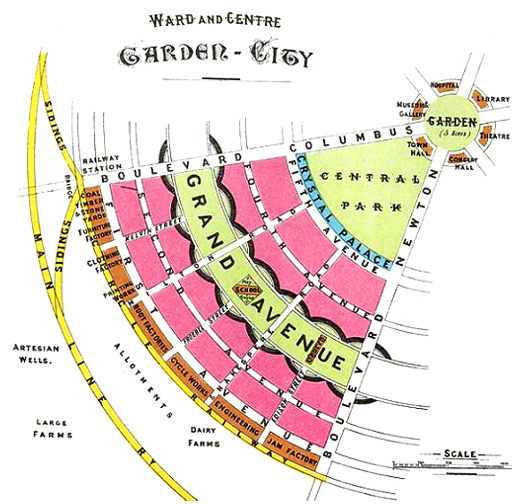From the urban project to the participative public space project: A historical approach
DOI:
https://doi.org/10.17981/mod.arq.cuc.24.1.2020.04Keywords:
urban project, public space, citizen participation, city modelsAbstract
This article makes a chronological tour of the main city-making models, from classic to current times, to arrive at the conclusion that citizen participation in decision-making processes on urban projects has ended up conditioning the current working models of the territory, particularly in terms of urban production. Despite the inconsistency between what the broad body of knowledge on cities (Lexis) establishes for the development of citizenship and the often defended and cited citizen rights, and the practice (praxis) of participation, we find that processes that are promoted as being inclusive and with a collective work approach end up becoming, either through omission, lack of knowledge, inexperience or despotism, models that conceal hierarchical power structures and that deny urban equity and justice in public space projects.
Downloads
References
Águas, S. (2014). Práticas emergentes no design do artefacto urbano: interdisciplinaridade e co-design. On the w@terfront, (32), 47–61. Retrieved from http://www.raco.cat/index.php/Waterfront/article/download/281595/369429
Ascher, F. (2004). Los nuevos principios del urbanismo. El fin de las ciudades no está a la orden del día. Madrid: Alianza Editorial.
Borja, J. (2013). Revolución urbana y derechos ciudadanos. Madrid: Alianza Editorial.
Brandão, P. (2014). Diseño Urbano e Interdisciplinariedad. On the w@terfront, (29), 58–72. Retrieved from http://raco.cat/index.php/Waterfront/article/view/276667
Capel, H. (1975). La definición de lo urbano. Estudios geográficos, 36(138), 265–302. Retrieved from http://www.ub.edu/geocrit/sv-33.htm
Castell, M. (1974). Movimientos Sociales Urbanos. México, D.F.: Siglo XXI.
de Solá–Morales, M. (2007). La segunda historia del proyecto urbano. Dearq, (1), 30–41. https://doi.org/10.18389/dearq1.2007.03
Habermas, J. (1999). La Inclusión del otro: estudios de teoría política. Barcelona: Paidós.
Greene, R., Páez, P. & Sierralta, C. (2005). La ciudad es el mejor invento humano/ Entrevista a Horacio Capel. Bifurcaciones, (3). 1–7. Available from http://www.bifurcaciones.cl/2005/06/entrevista-horacio-capel/
Lefevre, H.(2013). La Producción del Espacio. Madrid: Capitán Swing.
Marchioni, M. (1994). La utopía posible: la intervención comunitaria en las nuevas condiciones sociales. La Laguna: Benchomo. Retrieved from http://dialnet.unirioja.es/servlet/libro?codigo=137198
Padilla-Llano, S. (2015). Producción de espacio público [X] Participación ciudadana. El proyecto de espacio público resultado de procesos de participación ciudadana. [Tesis doctoral]. Universitat de Barcelona, Barcelona, España. Consultado en http://diposit.ub.edu/dspace/handle/2445/66978
Portas, N. (2003). El surgimiento del proyecto urbano. Perspectivas Urbanas, (3). Retrieved from http://hdl.handle.net/2099/555
Remesar, A., Vidal, T. & Salas, X. (2016). Urban Governance and Creative Participation in Public Space and Public Art. In, A. Remesar, The Art of Urban Design in Urban Regeneration. Interdisciplinarity, Policies, Governance, Public Space (55–90). Barcelona: Edicions de la Universitat de Barcelona. https://doi.org/10.13140/RG.2.1.4098.4723

Published
How to Cite
Issue
Section
License
Copyright (c) 2020 MÓDULO ARQUITECTURA CUC

This work is licensed under a Creative Commons Attribution-NonCommercial-NoDerivatives 4.0 International License.
CC Reconocimiento-NoComercial-SinObrasDerivadas 4.0


 English
English
 Español (España)
Español (España)






